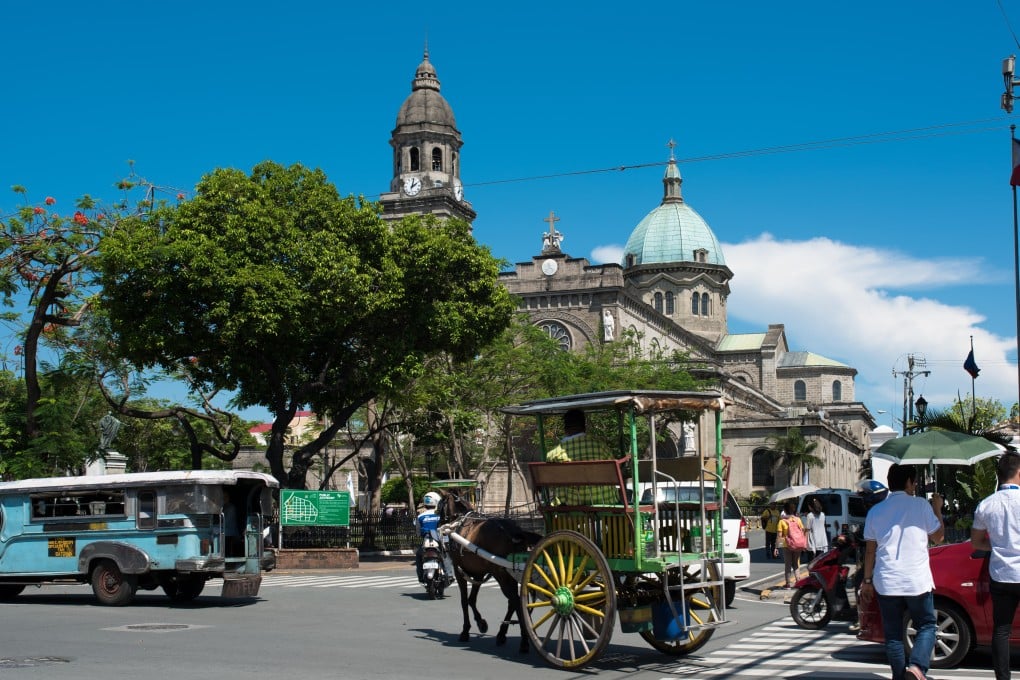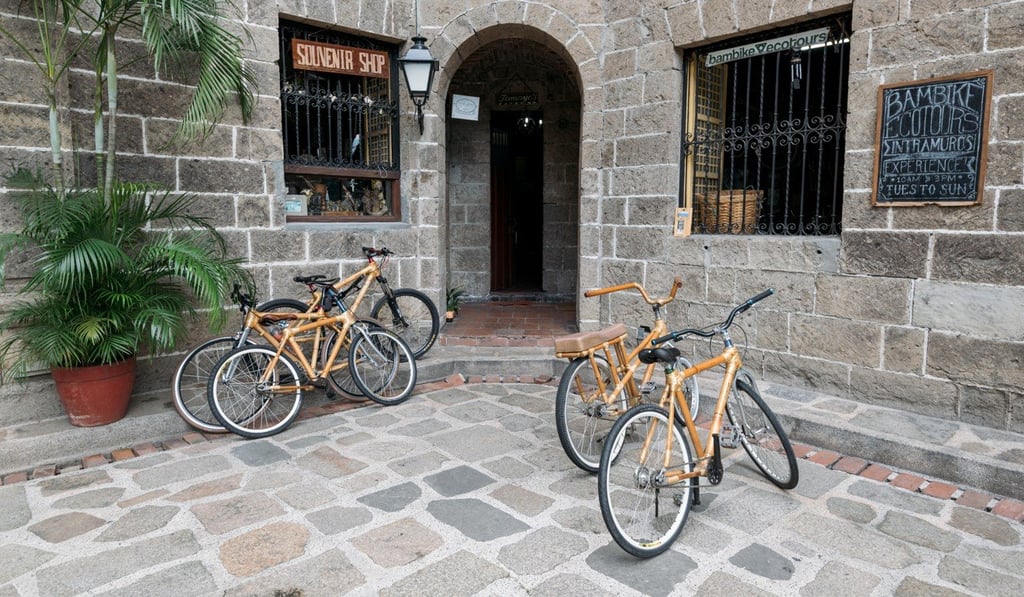The good, bad and ugly sides to Manila, the Philippines’ chaotic capital
- The sprawling city can be delightful or definitive of the daily grind, depending on your place in it
- The charms of the Dessert Museum will be quickly forgotten with fragrant Manila Bay in your nostrils

The good
Manila is an assault on the senses. It’s hectic and hyperactive, vibrant and vivacious but one adjective is used more than any other to describe the capital of the Philippines. Travel writers and bloggers talk of the wonderful chaos and delightful chaos, the chaotic charm and organised chaos. Tourists are even encouraged to embrace the beautiful chaos. Who knew chaos could be so much fun?
Start your sightseeing circuit in Binondo. The commercial and dining destination is the oldest Chinatown in the world and home to some of the most expensive real estate in the Philippines. Across the Pasig River is Intramuros, the heart of Manila during Spanish colonial times. The walled city dates back to 1571 and is best explored by bicycle. Preferably one made of bamboo. “Bambikes” are handmade by workers employed by Gawad Kalinga, a community-based development organisation working to bring an end to poverty.
Begin your two-wheeled Intramuros tour at San Agustin Church, the oldest in the Philippines, then head to Manila Cathedral. The primary port of call for visiting popes has been damaged by fire and flattened by typhoons and earthquakes, only to be resurrected again and again.
Built to prevent an invasion by sea, Fort Santiago was used as a barracks and a prison. In 1896, nationalist hero José Rizal spent two months incarcerated in the citadel before being marched to nearby Bagumbayan Field, where he was executed by firing squad. Renamed in his honour in 1967, Rizal Park is a soothing space of ornamental gardens, statues and fountains.
Not all high-profile Filipinos are as universally respected by their peers. In 1986, the ruling Marcos family were forced to flee the country for Hawaii, in the United States. Imelda, wife of president Ferdinand Marcos, was rumoured to have left 3,000 pairs of shoes behind. Some estimates were higher (7,500 pairs); others erred on the side of restraint (1,060 pairs). Regardless of the actual figure, 749 pairs belonging to the one-time first lady of the Philippines are on display at the Marikina Shoe Museum, overseen by a portrait of the unofficial patron saint of footwear herself.

In recent years, the Pearl of the Orient’s booming economy has pulled people out of poverty and created a growing middle class, with income to burn. Manila boasts more than 100 malls, complete with gyms, medical clinics and churches in which shoppers can celebrate Mass before heading off to hunt for bargains.
